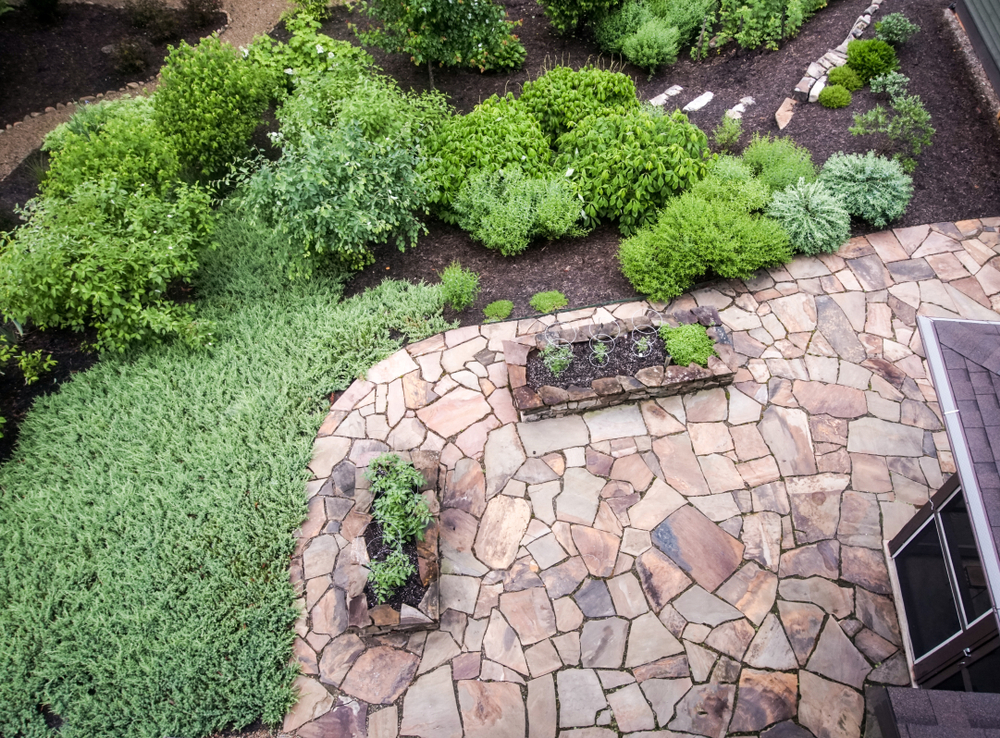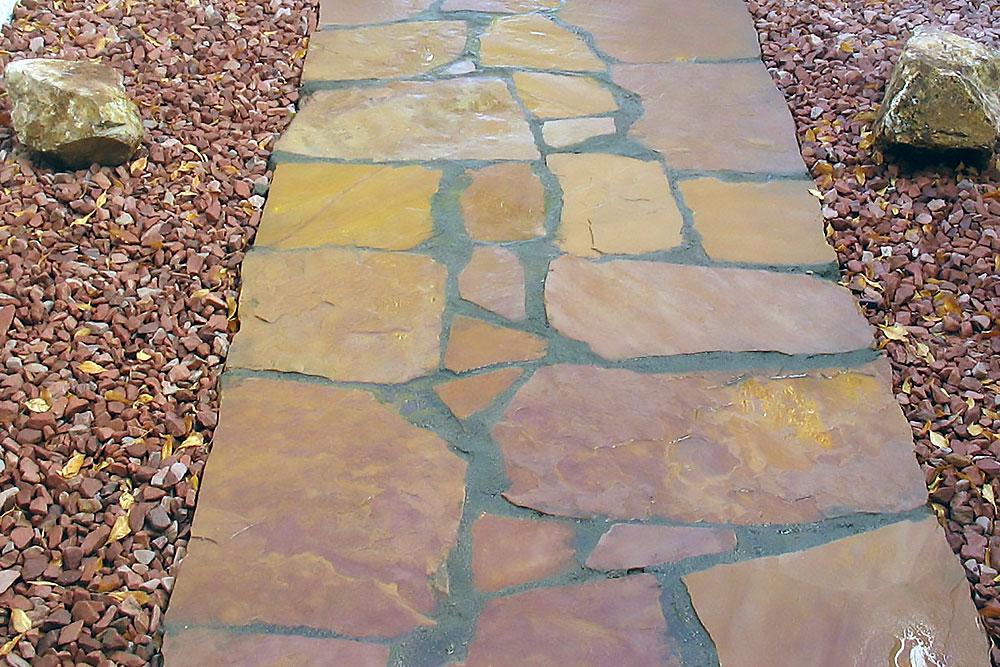While turf is a great replacement for grass and requires much less upkeep, you still need to be on the lookout for grubs.
How to Keep Grubs Away
Lawn grubs can destroy a property’s curb appeal by damaging specific portions of the landscape. If you’re going to get turf in Las Vegas, you can protect it by understanding the most common signs and symptoms.
Grub Characteristics
A grub is basically a beetle that’s shaped like a C. The creature is white and has several legs by its head. When the bug feeds, it eats the roots in the soil until various sections of turf are destroyed. The feeding cycle usually begins in the spring after the bug awakens from a winter nap. After a grub has eaten enough roots, its appearance will change.
The Symptoms
Throughout the spring, carefully examine the condition of your turf for brown spots. If you’ve had the turf for over a year, any dark spots are probably there because grubs have nibbled on the soil during the previous fall season. You can pinpoint the cause of a problem by gently lifting a piece of turf. If grubs have damaged the spot, the turf will move like a rolled-up carpet. A property also has a grub problem if the turf that’s pulled up doesn’t have any roots.
Whenever raccoons and skunks constantly tear up turf, grubs may be hiding underneath the soil. These animals like to dig holes so that they can uncover and eat grubs. However, because raccoons, skunks, and other animals also destroy turf to capture earthworms, you shouldn’t rush and apply a treatment.
Strategic Advice
If your turf only has a few grubs, you don’t have to eliminate them. In most cases, a healthy lawn can continue to support an infestation that consists of two to five grubs. Order actions must be taken if animals are frequently digging holes where the grubs are located.
When treating a large infestation, always implement every procedure while the grubs are immature. During this time, the pesticides will work more effectively and efficiently.





